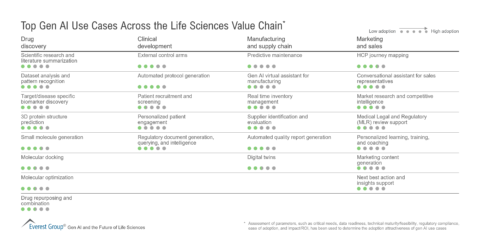Reimagine growth at Elevate – Dallas 2025. See the Agenda.
Filter
Displaying 11-20 of 338
The Evolution of Next-gen Customer Engagement Platforms | LinkedIn Live
On-Demand LinkedIn Live
1 hour
Realizing the Gen AI Journey in Modern Organizations | Webinar
September 24, 2024
09:30 AM PT | 12:30 PM ET
Webinar
The Role of Technology in Advancing Member and Patient Engagement | LinkedIn Live
On-Demand LinkedIn Live
1 hour












